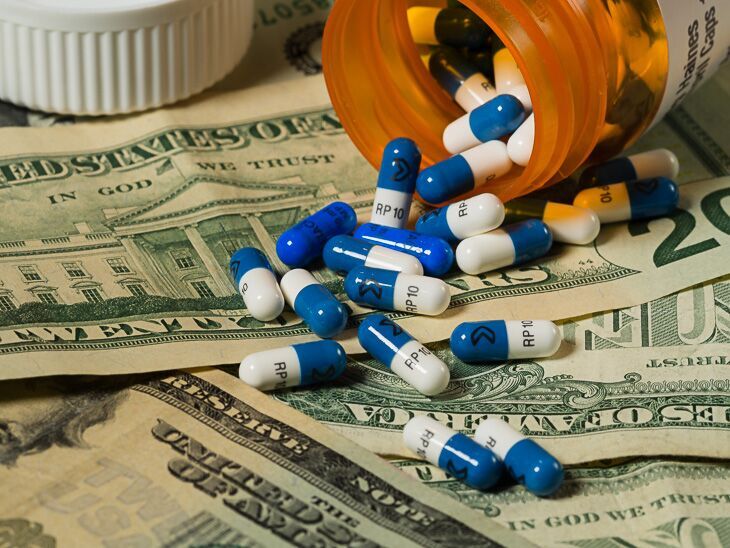In a report released by the United Nations Office on Drugs and Crimes, in 2018 around 269 million people used drugs worldwide. When compared to 2009, this was a 30 percent increase, and over 35 million people suffer from drug use disorders. Stateside the global pandemic and closed borders have led to shortages of drugs on the street, increased prices and reduced purity. The full effects of the pandemic on the drug market are not yet fully known, but it has caused ripples within the United States. Many states have reported increases in opioid-related deaths, the sale of alcoholic beverages skyrocketed in March, and more people are seeking treatment for substance use as restrictions are eased. Globally, the rising unemployment caused by the pandemic has disproportionately affected some of the poorest regions on the planet. It has made more people vulnerable to drug use and to drug trafficking and cultivation to earn money to survive. Within the United States, the unemployment rate was 13.3 percent in May 2020, which was a decline of 1.4 percent from April, per the Bureau of Labor Statistics. The world drug problem and the issues within the United States have a significant impact on vulnerable and marginalized groups, youth, women and the poor. Due to COVID-19, people struggling with addiction have resorted to seeking out more readily available substances. The opioid shortages have resulted in drug users consuming more alcohol, benzodiazepines, or mixing with synthetic drugs. Substance use treatment providers within the United States may see more harmful patterns of use, such as users switching to intravenous drug use and using more frequently. During the economic crisis of 2008, many governments reduced drug-related budgets. However, the drug control budget has significantly increased since then and may continue to rise as more people become addicted to drugs and alcohol nationally. During the fiscal year of 2018, the combined federal drug control budget was $27.57 billion, which was an increase from $23.8 billion in 2013. Approximately 39 percent of the budget was spent on treatment, and 33 percent was spent on domestic law enforcement, while only 5 percent was spent on prevention. Per the United Nations report, cannabis is still the most widely used substance worldwide, with an estimated 192 million people using the drug. Opioids continue to remain the most harmful drug, and the total number of opioid-related deaths increased by 71 percent globally. Among women who used opioids, the number of deaths increased by 92 percent, while men saw a 63 percent increase in deaths globally. Between 2000 and 2018, drug use increased rapidly within developing countries. Young adults and adolescents continue to account for the most significant proportion of drug users. Unfortunately, young people continue to be the most vulnerable, especially within the United States. Per the National Survey on Drug Use and Health, one-third of Americans aged 12 or older perceived considerable risk of harm from weekly marijuana use. Approximately two out of three people recognized high risk from daily binge drinking. Also, four out of five people perceived a significant risk of harm from the weekly use of cocaine or heroin. In 2018 approximately 20.3 million people aged 12 or older had a substance use disorder related to alcohol or illicit drugs. Overall, per the World Drug Report, poverty, limited education, and social marginalization remain significant factors increasing the risk of substance use. The problems associated with addiction are worldwide, and massive economies such as the United States feel the impact of these issues. However, only a small percentage of people receive help. In 2018 approximately 3.7 million people aged 12 or older received any substance use treatment in the past year, which represents 1.4 percent of the population. These rates were similar in 2015 through 2017. Many of the issues within the United States regarding treatment revolve around being able to access treatment. Health insurance only covers so much, private programs are expensive, and free or low-cost treatment has restrictions and waiting lists. However, despite this, much is being done at the state level to improve access and get more treatment options for people in need. Preventing substance use begins with education and early intervention and or prevention at a young age. Yet, the numbers continue to climb, which means more must be done. Many Americans coming out of this pandemic will need assistance, along with those in recovery and anyone struggling with addiction. There could be a potential surge of people needing help, and substance use treatment providers should be prepared to adapt to the increased need.
Nickolaus Hayes is a healthcare professional in the field of substance abuse and addiction recovery. He utilizes his experience in his writing to provide an expert viewpoint. His primary focus is spreading awareness by educating individuals on the topics surrounding substance abuse. He is a featured author of the healthcare website addicted.org.
If you are a member of a New Mexico-based social, political, charity, educational or arts organization that would like to write an editorial/opinion piece on a specific topic relevant to local readers, please contact editorial@alibi.com. Please use the subject line:
Town Square.






